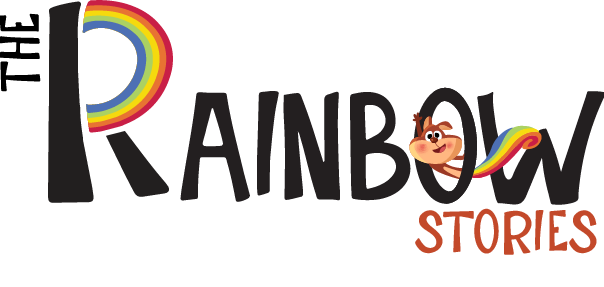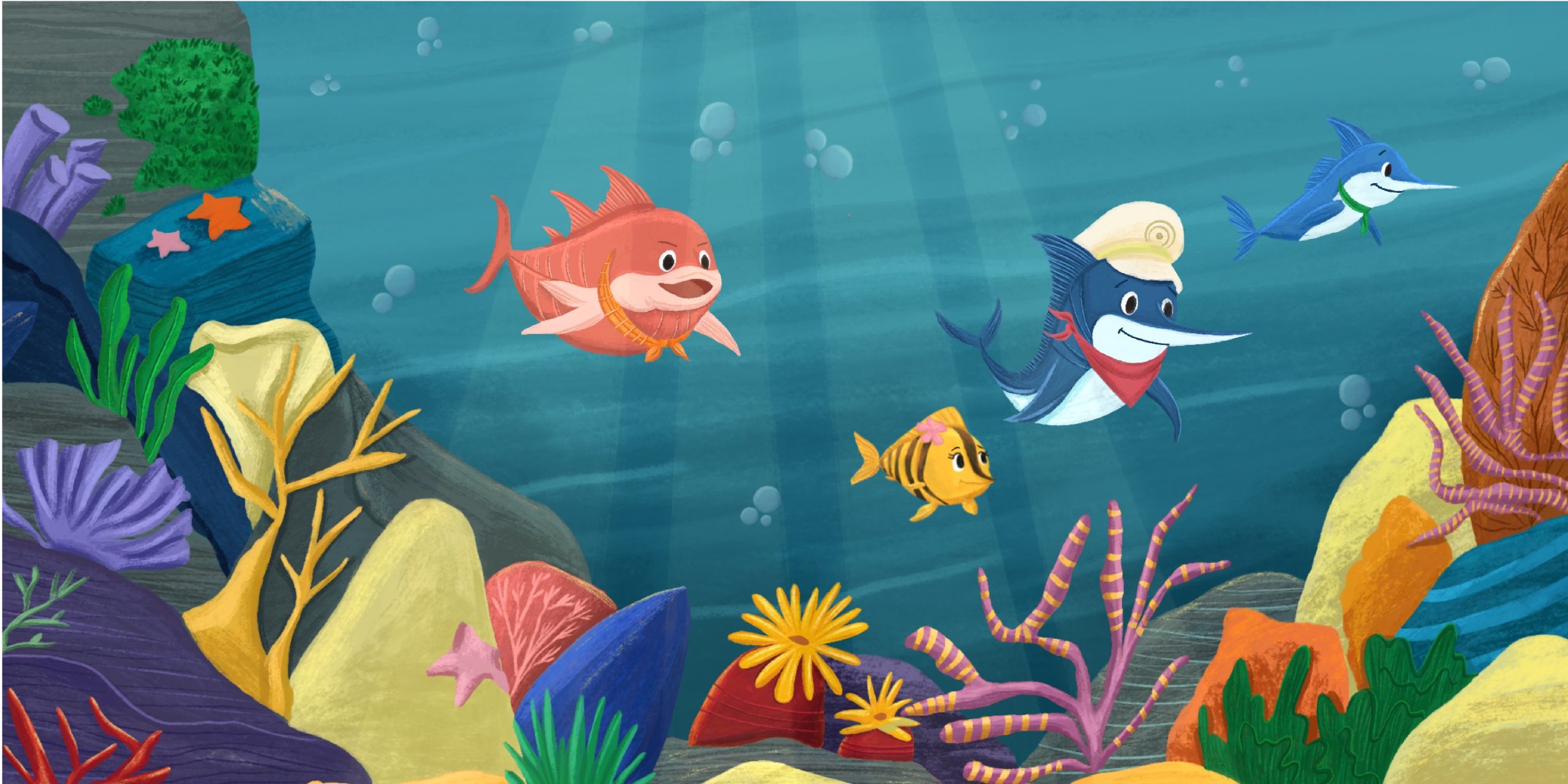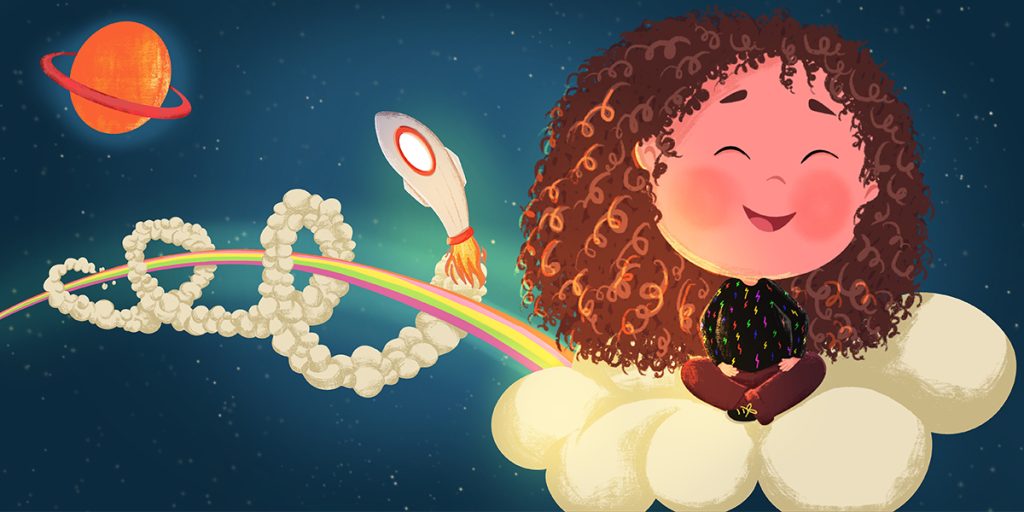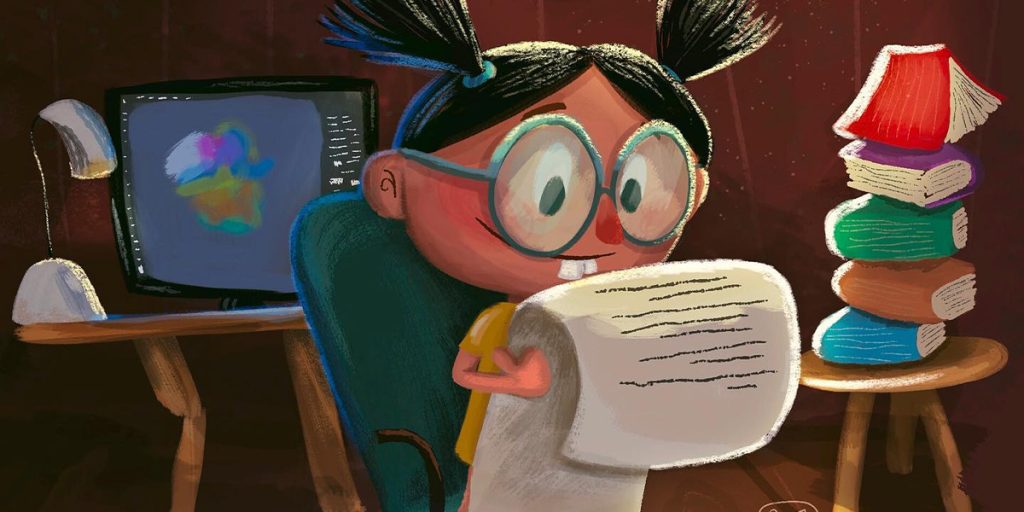The magic of a children’s story often lives not just in words but in the pictures that bring those words to life. A well-crafted picture book illustration process is what transforms a simple manuscript into an immersive experience for young readers. Yet, many authors underestimate how detailed and structured this journey can be.
In this guide, we’ll explore the stages of children’s book illustration, walking you through nine essential steps and offering real-world checkpoints to ensure your project stays on track. Whether you’re an author planning your first book or curious about how to illustrate a picture book, this roadmap will help you understand the entire picture book art workflow.
Stage 1: Concept Development & Storyboarding
Every successful picture book begins with a clear concept. At this stage, the illustrator aligns visual themes with the author’s manuscript. Rough storyboards or thumbnails are created to map how the story will flow across pages.
Checkpoint: Does the storyboard align with the story’s tone and emotions? If yes, you’re ready to move forward.
Stage 2: Character Design & Exploration
Character Design are the heartbeat of any children’s book. During this stage, illustrators sketch multiple versions of the main character, experimenting with expressions, clothing, and posture until they find the right fit.
Checkpoint: Do the characters look relatable and appealing to your target age group? Remember, children connect with visuals before they fully grasp the words.
Stage 3: Setting & Environment Design
Beyond characters, the world they live in matters. From cozy bedrooms to magical forests, the illustrator designs environments that support the narrative. Mood boards and reference sketches help establish color schemes and textures.
Checkpoint: Does the setting add depth to the story without distracting from the characters? A good environment feels like part of the story itself.
Also Read:How to Turn Your Baby’s Milestones into a Personalized Storybook
Stage 4: Page Layout & Composition
In this stage, the focus shifts to balancing text and illustrations. Good layout ensures children can follow the story visually even without reading. Spreads are designed to keep the narrative flowing smoothly.
Checkpoint: Can a young reader understand the plot just by looking at the sequence of pictures? If the answer is yes, the composition is strong.
Stage 5: Rough Sketches of the Full Book
Now the illustrator prepares rough sketches of every spread. These drafts allow the author and illustrator to collaborate closely, addressing pacing, scale, and consistency before committing to final art.
Checkpoint: Are all sketches consistent in style and do they maintain story rhythm across the book?
Stage 6: Color Studies & Style Finalization
Colors evoke emotions. At this stage, illustrators experiment with palettes to see what resonates with the mood of the book. They also decide on a final medium—digital, watercolor, or mixed media.
Checkpoint: Does the chosen palette enhance the story’s tone? For example, bright colors might suit a playful adventure, while muted shades fit a reflective theme.
Stage 7: Final Artwork Creation
This is where the illustrations truly come to life. The illustrator polishes details, refines characters, and builds complete spreads with textures, backgrounds, and supporting visuals.
Checkpoint: Does the final artwork remain faithful to the approved sketches and color studies? This stage should feel like the manuscript is finally breathing.
Stage 8: Text Integration & Typography
Illustration alone isn’t enough; text placement plays a vital role. The illustrator works with a designer or publisher to ensure that fonts and text positioning are readable without overshadowing the art.
Checkpoint: Is the text clear, child-friendly, and well-placed? If it complements the art without causing clutter, you’re set.
Stage 9: Review, Feedback, and Pre-Press Prep
Before printing, the book undergoes a thorough review. Adjustments are made based on author and editor feedback. Technical aspects like file formats, bleed, and print resolution are also finalized.
Checkpoint: Does the book meet publishing standards and look polished across all spreads? If yes, it’s press-ready.
Conclusion
The picture book illustration process is a structured journey with nine unique stages. From concept to pre-press, each step builds on the last, ensuring that both words and visuals align perfectly. Real-world checkpoints along the way help prevent costly mistakes and keep the project moving smoothly.
For authors wondering how to illustrate a picture book, this workflow offers clarity and structure. And if you want your story to leap off the page, The Rainbow Stories can bring your vision to life. Our team understands every stage of children’s book illustration and helps you turn your story into a beautifully illustrated masterpiece.







